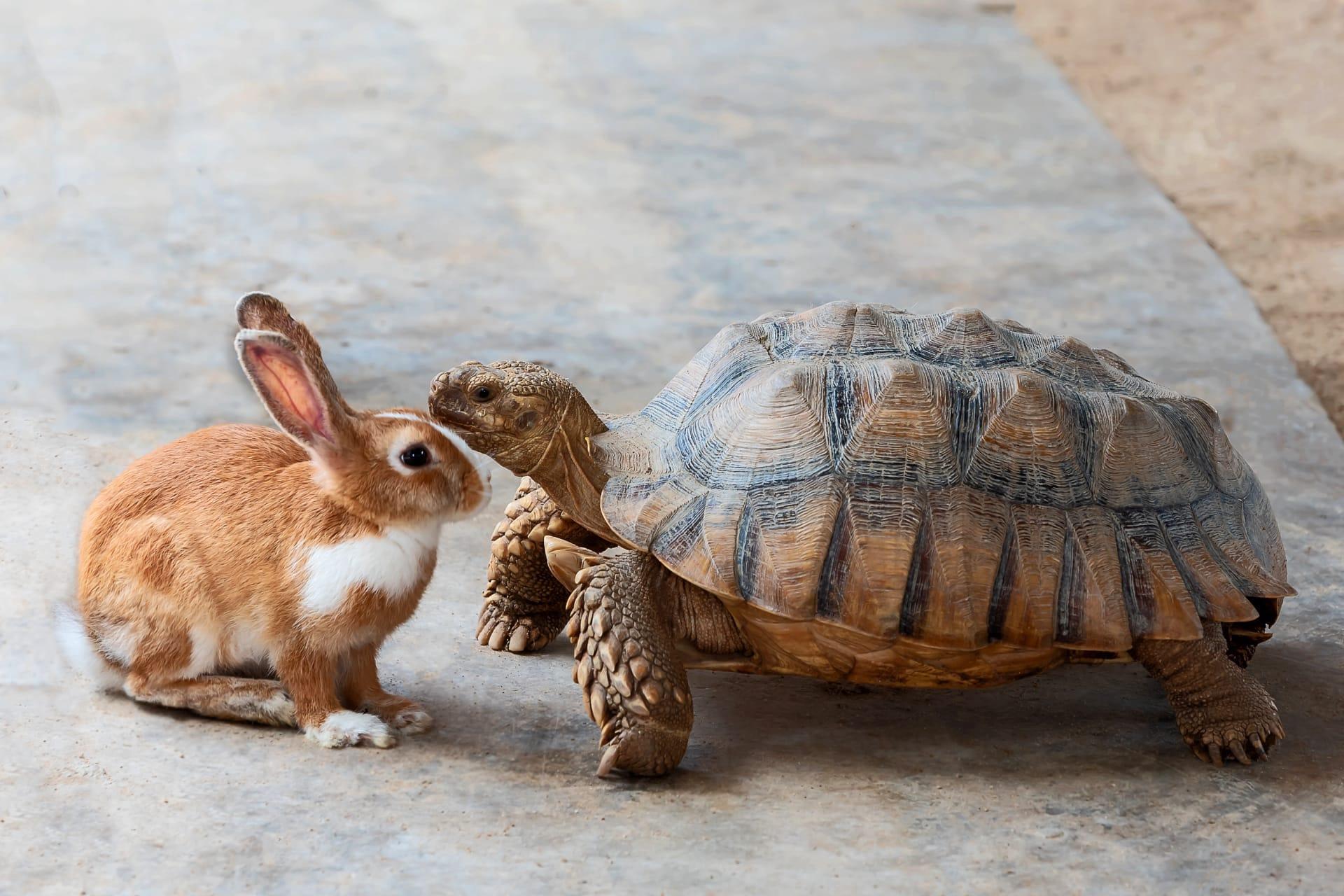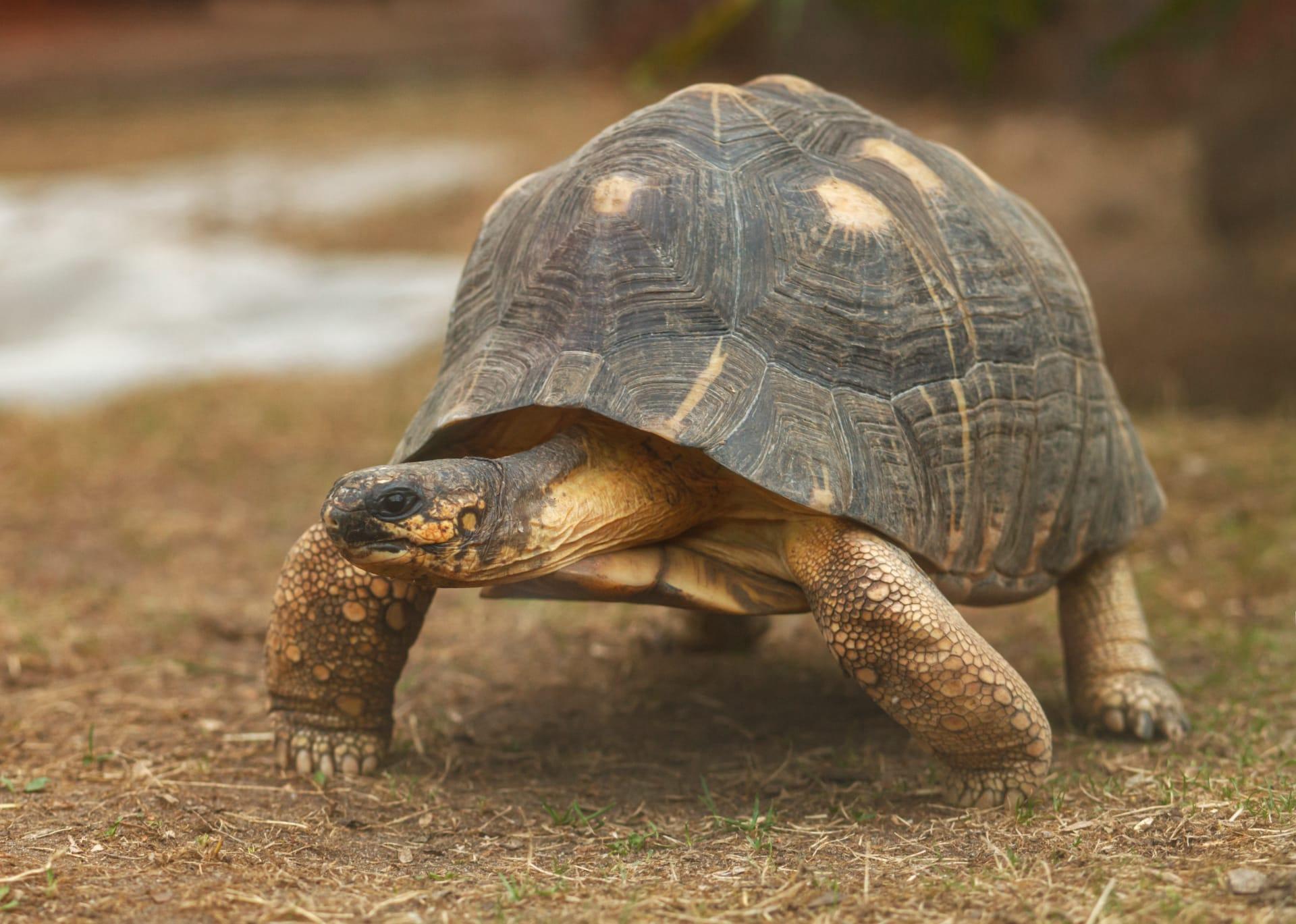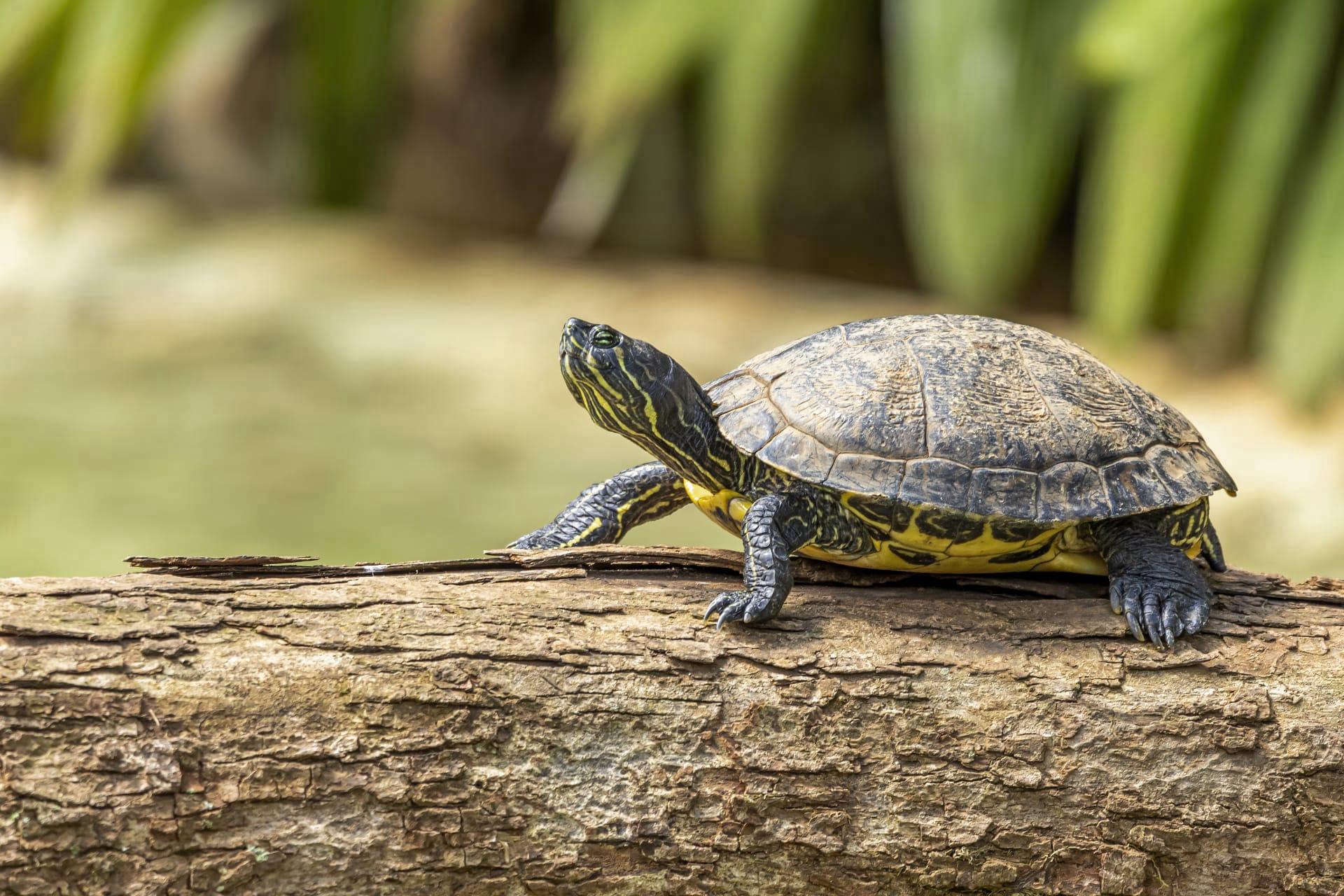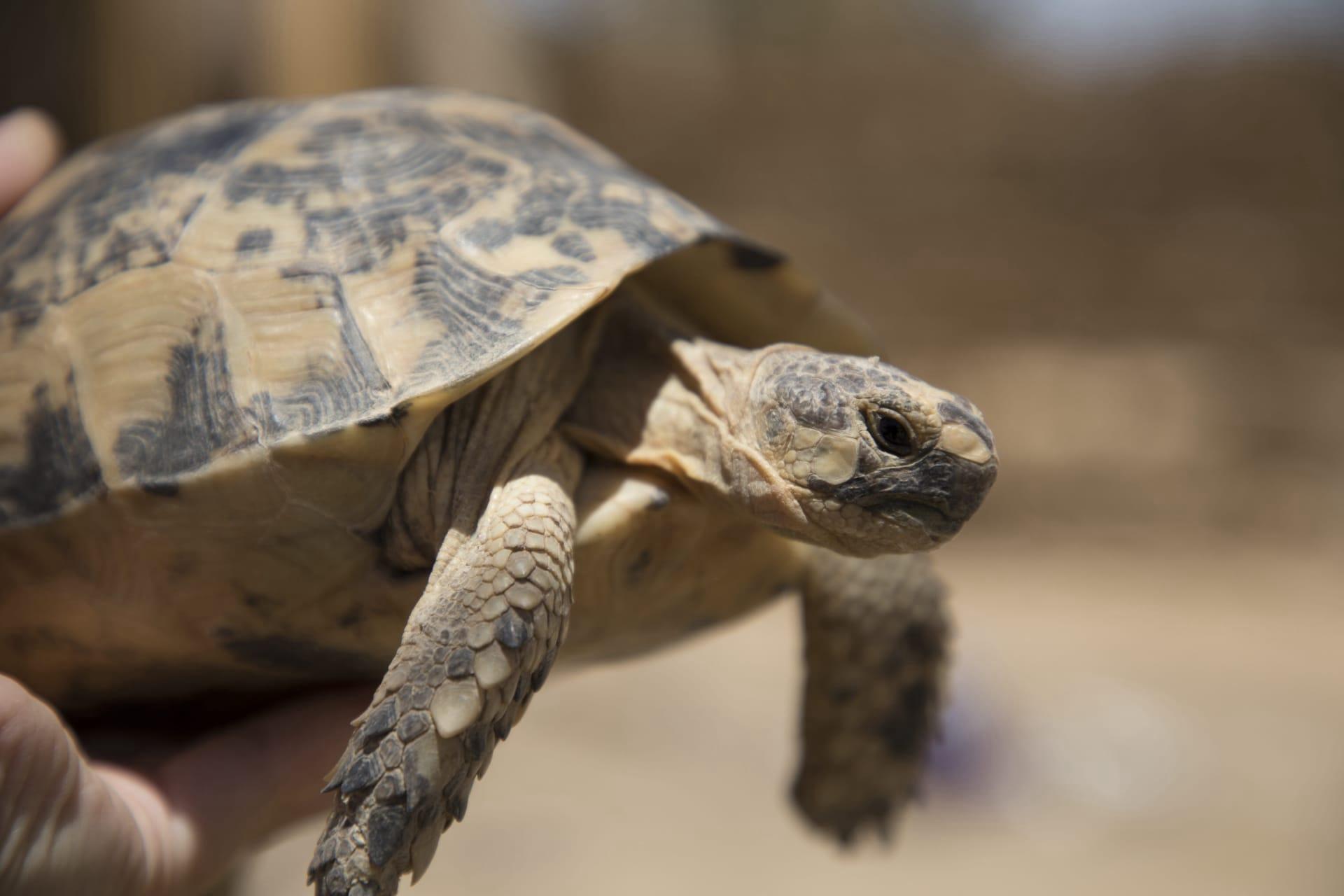1
Turtles have been around for a very long time. In fact, they're one of the oldest reptile groups, even older than snakes or crocodiles. The oldest known turtle fossil dates back about 220 million years, making turtles living dinosaurs' contemporaries. This fossil, named "Odontochelys semitestacea," was discovered in southwestern China. Unlike modern turtles, this ancient species had a full set of teeth and a half shell, specifically the belly part known as the plastron. The evolution of turtles is fascinating because their shells, unique in the animal kingdom, offer a glimpse into how ancient creatures adapted to their environments.
Another interesting fact about turtles is their incredible lifespan. Some species of turtles are among the longest living animals on the planet. For instance, the Aldabra giant tortoise, found in the islands of the Aldabra Atoll in the Seychelles, can live for more than 150 years. The oldest recorded tortoise, named Adwaita, was an Aldabra giant tortoise that lived in the Alipore Zoological Gardens in Kolkata, India. He was estimated to be around 255 years old at the time of his death in 2006. Turtles' longevity is attributed to their slow metabolism and ability to survive for long periods without food or water, making them fascinating subjects for studying aging and longevity.

2
Turtles have a unique respiratory system, distinct from other reptiles. Unlike mammals, turtles can't breathe out fully due to their rigid shells. They use specific muscles in their shells to expand and contract their lungs. This mechanism is quite different from other vertebrates, showcasing the unique adaptations of turtles to their anatomical structures. Some species, like the North American painted turtle, can even perform a type of respiration through their skin, cloaca (an opening used for excretion and reproduction), or throat, especially during hibernation when their oxygen needs are lower.
Did you know that turtles can feel through their shells? It's a common misconception that turtle shells are just hard, insensitive coverings. In reality, a turtle's shell is a living part of its body, filled with nerve endings. Turtles can feel pressure and vibrations through their shells, making the shell a sensory organ as well. This sensitivity plays a crucial role in how turtles interact with their environment and respond to potential threats. Their shells, made of around 50 bones including the rib cage and spine, are covered in a layer of keratin (the same material as human fingernails) and provide both protection and a unique way of sensing the world around them.

3
Turtles have a remarkable ability to navigate. Sea turtles, especially, are known for their extraordinary migratory patterns. Some species, like the leatherback sea turtle, travel across entire oceans. For instance, they may journey from the beaches where they were born in Indonesia all the way to the coast of California, covering nearly 12,000 miles (19,312 kilometers) in a single trip. These long migrations are vital for their survival, aiding them in finding food, escaping predators, and breeding. Turtles use the Earth's magnetic field as a guide, an ability known as magnetoreception, to navigate these vast distances, showcasing a remarkable instinctive understanding of the planet's geography.
Turtles also have a unique dietary adaptation. While many people think of turtles as herbivores, their diets are quite diverse. For example, the green sea turtle's diet changes as it ages. As a juvenile, it is primarily carnivorous, feasting on jellyfish and other invertebrates. However, as it matures, its diet shifts to a predominantly herbivorous one, consisting mostly of sea grasses and algae. This dietary transition reflects the adaptability of turtles to their changing environments and available food sources. Their ability to switch diets is not only a testament to their survival skills but also influences the ecosystems they inhabit, making them integral to maintaining the balance of marine and terrestrial environments.

4
Turtles have a fascinating breeding and nesting process. Most sea turtles return to the same beach where they were born to lay their eggs, a phenomenon known as natal homing. This remarkable instinct leads them across vast oceans back to their birthplace. For example, the loggerhead sea turtle, which nests on beaches across the Atlantic, Pacific, and Indian Oceans, will travel thousands of miles to return to the beach where it hatched. This fidelity to nesting sites ensures the survival of their species but also makes them vulnerable to habitat changes and human disturbances.
Another interesting aspect of turtles is their temperature-dependent sex determination. Unlike humans, where sex is determined by chromosomes, the sex of a turtle embryo is influenced by the temperature of the sand where the eggs are incubated. In general, cooler temperatures produce male hatchlings, while warmer temperatures result in female hatchlings. This characteristic is particularly fascinating as it shows how environmental factors can directly influence biological processes. However, it also raises concerns about climate change and its impact on turtle populations, as rising temperatures could skew sex ratios, threatening the future of these remarkable creatures.

5
Turtles play a crucial role in their ecosystems. For instance, in marine environments, green sea turtles maintain the health of seagrass beds by grazing on them. This grazing helps to keep the seagrass beds healthy and promotes the growth of new grass, which in turn supports a variety of marine life. On land, tortoises help to shape their environments by being seed dispersers. They consume fruits and vegetables, and the seeds pass through their digestive systems unharmed, later germinating in new locations. This process aids in maintaining plant diversity and health in their habitats.
Turtles have a unique defense mechanism. When threatened, many turtle species can retract their heads, legs, and tails into their shells for protection. However, not all turtles can fully retract into their shells. For instance, the sea turtles' streamlined shells aid in swimming but don't allow for full retraction. This ability to retract varies among species and is an excellent example of evolutionary adaptation. Turtles' shells, developed from their ribcages, have evolved over millions of years to provide the most effective defense against predators, illustrating the remarkable adaptability and resilience of these ancient creatures.